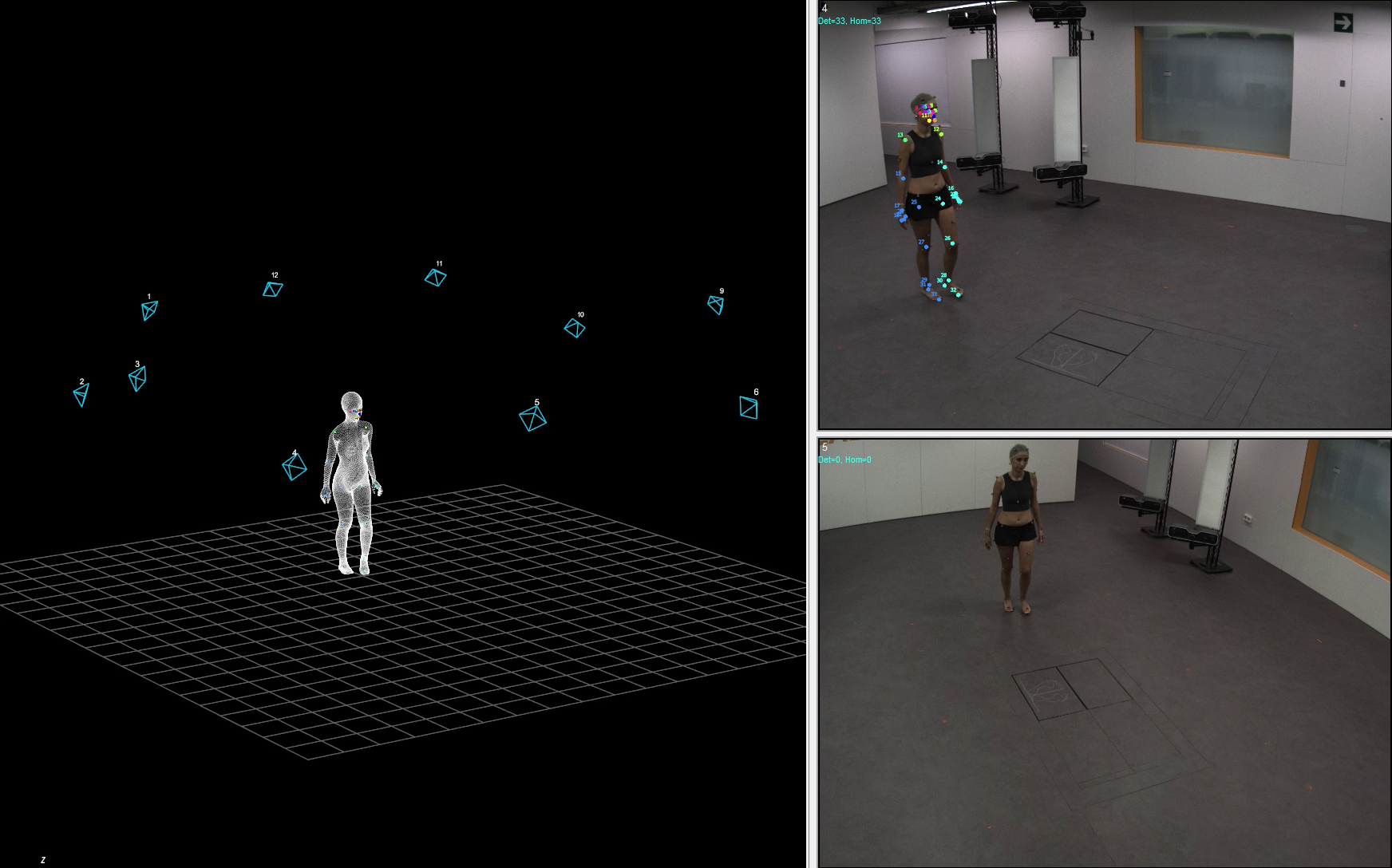
IBV uses deep learning to improve the rehabilitation of patients with mobility problems
Human gait is a highly complex process involving multiple body systems such as the musculoskeletal, nervous and cardiovascular systems. In addition, gait can vary significantly from one person to another due to factors such as age, gender, anatomical characteristics and underlying pathologies.
Today, artificial intelligence, and more specifically deep learning, offers us the opportunity to improve the systems currently being used to record and analyse human gait in the clinical and care settings insofar as it allows us to better understand how people move, analyse movement patterns and data provided by sensors, and assess posture and body mechanics – all of which are extremely useful in physical therapy and injury prevention, among many other applications.
In this context, the Instituto de Biomecánica (IBV) has been working on the DEEP-LAB project to streamline and explore the potential use of new markerless methods for recording and analysing human movement based on deep learning, with applications in the field of healthcare and, in particular, human gait analysis.
These solutions make it possible to record and analyse movement in an agile way, without the need to place markers on the patient’s body, which has great potential to improve the rehabilitation of patients with gait disorders, such as motor impairment following neurological damage.
A tool to improve treatment and reduce costs
Ignacio Bermejo, Director of Innovation at the IBV’s Technology Department, explains that “Some of the potential advantages of these methods for professional clinicians include improved planning of recovery processes, precise and objective evaluation with quantitative data on the patient’s progress – eliminating the subjectivity of manual evaluation -, the adjustment of the treatments to be followed with the possibility of early detection of setbacks in rehabilitation, the reduction of patient assessment times and the reduction of the cost of the solution compared to traditional gait assessment systems, among others”.
Bermejo points out that these solutions open up “a wide range of possibilities in the field of rehabilitation and future opportunities for their implementation as commercial applications”, adding that, in this sense, the IBV-led project represents a double opportunity, both to “improve the quality of life of patients, on the one hand, and care processes, on the other, by promoting their improved efficiency and reducing treatment and recovery costs”.
Democratising the use of biomechanics
These new markerless solutions will make it possible to democratise the use of biomechanics in healthcare and well-being. Bermejo concludes by saying: “This is because they will reduce assessment times and the cost of implementing the technologies, which will make their use more accessible to clinicians and to professionals in other fields such as sports, ergonomics, design or bioengineering, and many more”.
It should be noted that healthcare and well-being companies from the Valencian Community with extensive experience in their field and commitment to technological innovation, such as Hervideros de Cofrentes, Inia Neural and Irenea, have collaborated in the project.
Finally, it should be noted that the DEEP-LAB project is supported by the Department of Innovation, Industry, Commerce and Tourism of the Autonomous Government of Valencia, through the IVACE+i programme, and receives funding from the European Union through the FEDER Community of Valencia 2021- 2027 Programme (IMDEEA/2024/16).




